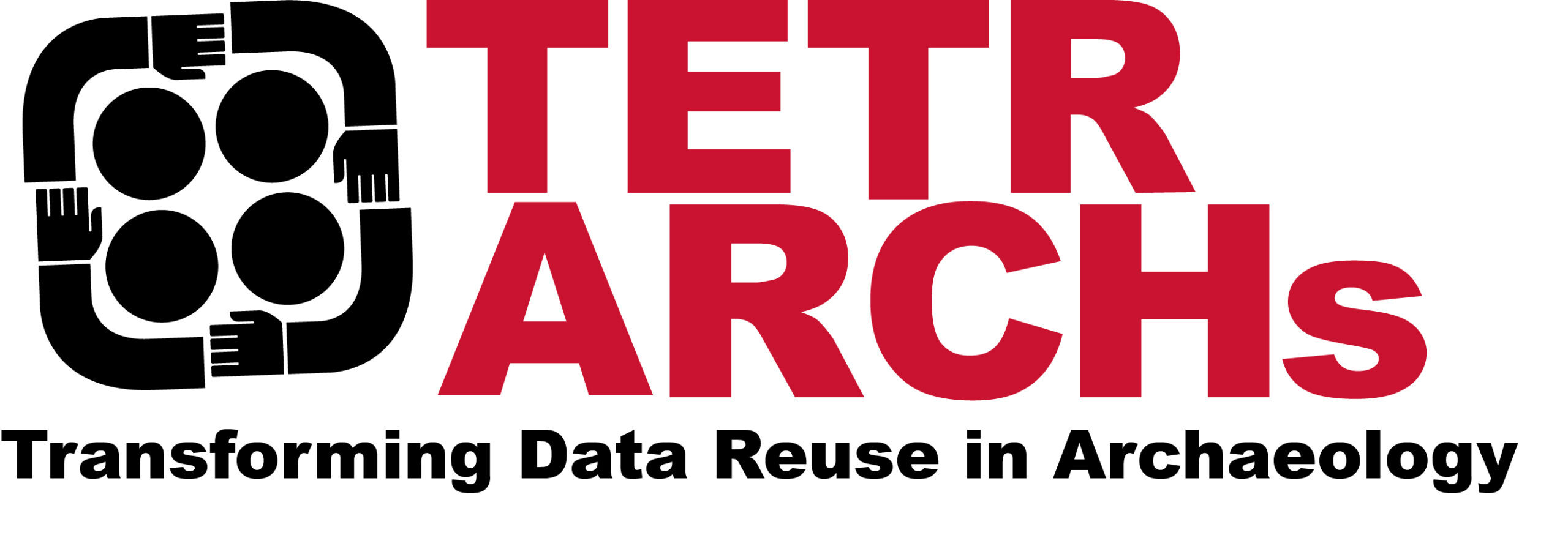Štular, B., Taylor, J. S., Dell’Unto, N., Fadioui, A., & Lozić, E. (2023). D4.1 Data Capture Workflow Report. Zenodo. https://doi.org/10.5281/zenodo.10800502
ABSTRACT
This Deliverable 4.1, titled Data Capture Workflow Workshop Report, reports the results of Task 4.1 Data Capture Workflows. This task included undertaking a literature review and mapping and analysing existing data capture workflows associated with the project’s four data acquisition technologies (airborne LiDAR, 3D scanning, digital drawing, photography) to inform Task 4.2 Data Capture Experiment Design. The discussion workshop aimed to map existing data capture workflows and analyse how they might be adapted to accommodate different user needs defined in WP2 and WP3, and different contexts (landscape, site, artefact). This report incorporates findings from the workshop, plus a wider scan of the extant literature.
Štular, B., Taylor, J. S., Lozić, E., Dell’Unto, N., Perry, S., & Simandiraki-Grimshaw, A. (2023). D5.1 Legacy Data Incorporation (1.0). Zenodo. DOI: https://doi.org/10.5281/zenodo.10392812.
ABSTRACT
This Deliverable 5.1, titled “Legacy Data Incorporation,” focuses on the publication of legacy data scenarios and associated project planning documentation for application in D5.2. The project aims to incorporate legacy data into archaeological fieldwork and investigations using digital documentation and advanced recording technologies. It provides an overview of the experiments planned for the first year of the project, made up of three experiments, two focusing on archaeological fieldwork in Sweden and Greece and one at MOLA in the United Kingdom. The experiments aim to explore the reuse of digital documentation and archaeological records, as well as the incorporation of legacy data in field investigations and museum presentations. This deliverable also previews several experiments being developed to explore the incorporation and utilisation of legacy data in archaeological fieldwork. In particular, the application of LiDAR (Light Detection and Ranging) techniques in an Iron Age settlement excavation project located in western Slovenia. Overall, these experiments will contribute to understanding how legacy data can be effectively incorporated and reused within archaeological fieldwork, documentation, and engagement with diverse user communities within the TETRARCHs project.
Štular, B. and Lozić, E. 2023. Executable Map Paper (EMaP) for Archaeological LiDAR. Journal of Computer Applications in Archaeology, 6(1): 79–95. DOI: https://doi.org/10.5334/jcaa.106
Abstract
Archaeological LiDAR has evolved into an indispensable component of archaeological prospection and landscape archaeology. However, it is frequently employed as a black-box digital method, which confines it to the realm of a specialized field. Making scientific publications more accessible, transparent, and reproducible is one of the steps required to turn LiDAR into a background method for all archaeologists. This is possible, according to our proposal, through the Executable Map Paper concept. This concept can be understood as a type of executable paper that pursues Open Science’s goals. The proposed technical solution consists of a PDF frontend, a persistence layer, and a hyperlinked interactive map. Executable Map Paper is applicable to all map-dependent sciences, including geography, geology, and any geoscience. In this paper, we outline the theoretical context, propose technical solutions, and provide a practical illustration.
Follow our latest publications here and at Zenodo.
